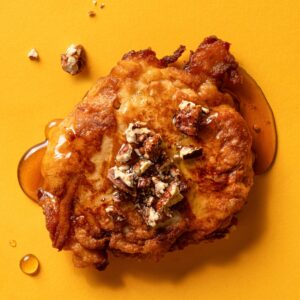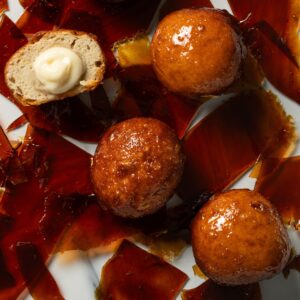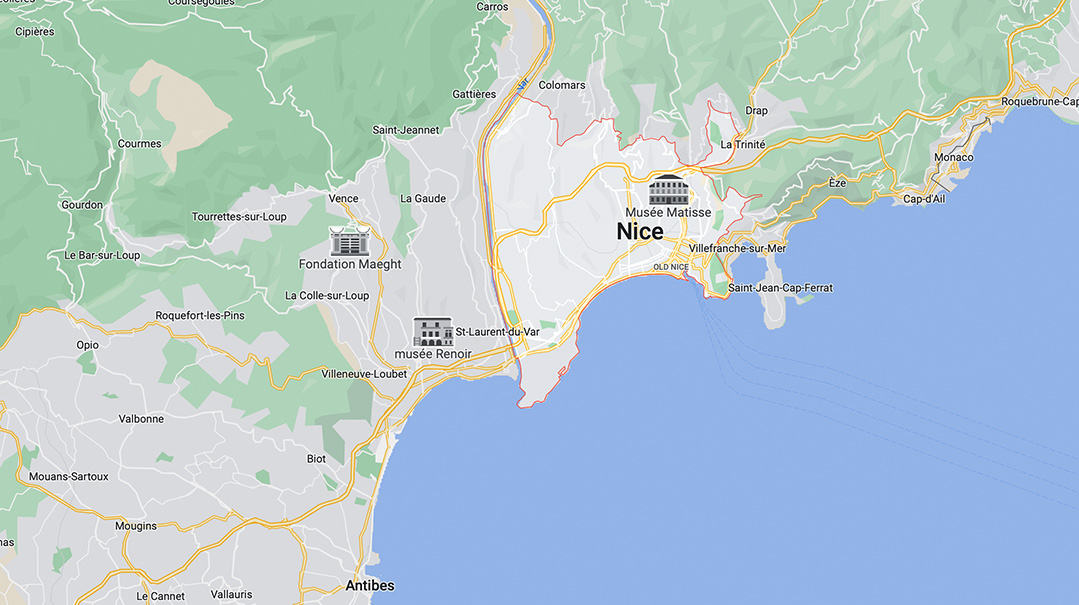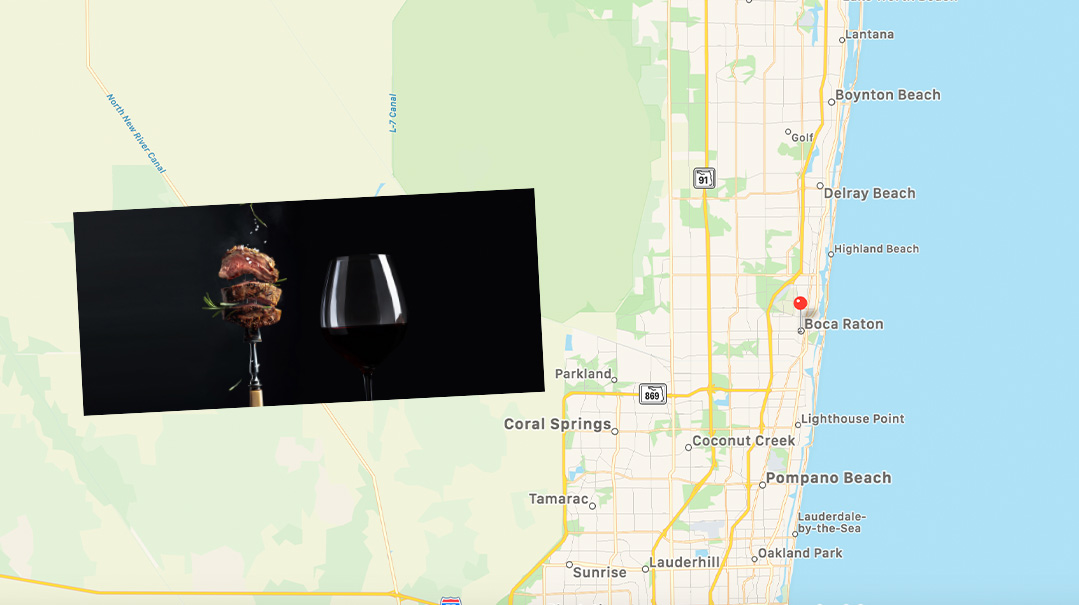Sandwiches Around the World
| July 15, 2020My articles have had a bit of a change-up, as I’ve done almost no traveling in the recent months. I’m looking forward to trying new restaurants across the world as soon as the skies open up again, and I’ll be happy to report back to you all then. Meanwhile, I’m sharing with you a collection of sandwiches from various cuisines to whet our travel appetites.
Sandwiches go all the way back in time to Hillel, as featured in the Seder. The “sandwich” that is known today — two slices of bread with assorted fillings — came from the fourth Earl of Sandwich in 1762. The Earl of Sandwich enjoyed playing card games. Reportedly, in the middle of a particularly intense game, the Earl, who didn’t want to leave his cards to eat a formal dinner, had his servants bring him slices of roast beef wrapped between two slices of toasted bread so he could hold his food in one hand, allowing him to continue playing his game without leaving the table.
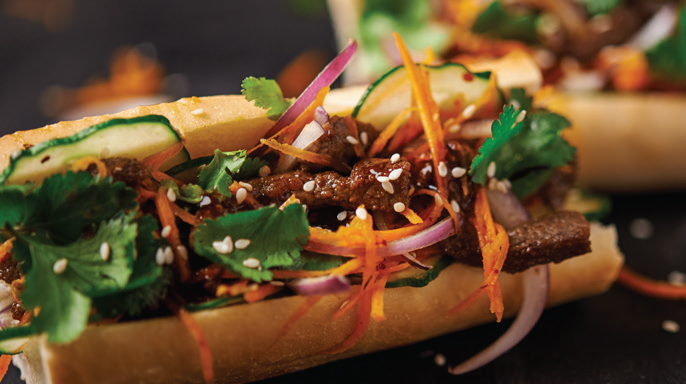
Banh Mi
This is an Asian-French fusion sandwich originally from Vietnam. When the French occupied Vietnam in the late 1880s, some Vietnamese cuisine became influenced by the French. One of these, the Banh Mi sandwich, was made from a crusty baguette, pickled vegetables, and a creamy spread topped with a protein (such as fish or meat). These are among my favorite sandwiches, as they have so many flavor options. I even created a Banh Mi sandwich for my book Perfect Flavors using fresh tuna.
Oops! We could not locate your form.

